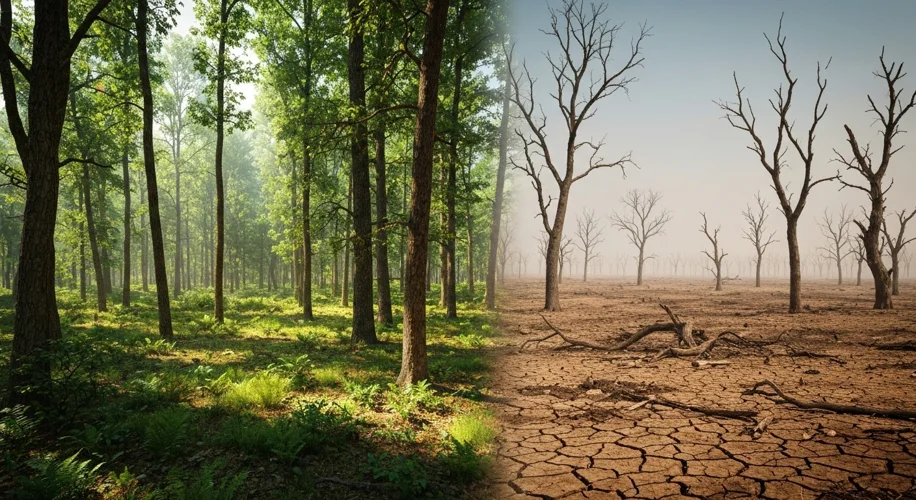It’s August 22, 2025, and the headlines are sounding an alarm: ‘A climate of unparalleled malevolence’: are we on our way to the sixth major mass extinction? The topic is weighty, and the question of humanity’s role, particularly concerning carbon dioxide (CO2), is complex. Many of us hear about CO2 and immediately think of it as the sole villain in our climate story. But what if it’s not quite that simple?
Let’s dive into what CO2 actually is and how it interacts with our planet’s systems.
What is Carbon Dioxide, Really?
CO2 is a molecule composed of one carbon atom and two oxygen atoms. It’s a natural part of our atmosphere, essential for life as we know it. Plants, for instance, use CO2 during photosynthesis to create energy and release oxygen – the very air we breathe.
Did you know that CO2 is a greenhouse gas? This means it traps heat in the atmosphere. Think of it like a blanket for the Earth. A certain amount of greenhouse gases is good; it keeps our planet warm enough to support life. Without it, Earth would be a frozen, uninhabitable rock.
The Problem: Too Much of a Good Thing
The concern isn’t that CO2 is inherently bad. The issue arises when its concentration in the atmosphere increases dramatically and rapidly, as it has in recent decades due to human activities like burning fossil fuels. This rapid increase is like adding too many blankets on a warm day – it can lead to overheating.
When we talk about the “CO2 crisis,” we’re referring to the amplified greenhouse effect caused by these excess levels. This amplification can lead to:
- Rising Global Temperatures: The Earth’s average temperature increases.
- Changes in Weather Patterns: More extreme weather events, like heatwaves, droughts, and intense storms.
- Ocean Acidification: The oceans absorb a significant amount of the excess CO2, which makes them more acidic. This can harm marine life, especially organisms with shells or skeletons.
The Sixth Mass Extinction Connection
Scientists have identified five major mass extinction events in Earth’s history, where a significant percentage of species disappeared in a geologically short period. We are currently seeing an alarming rate of species loss, leading many experts to believe we are entering a sixth mass extinction event.
The rapid warming and changing climate driven by increased greenhouse gases, including CO2, are major contributors to this. Habitats are changing faster than many species can adapt, leading to population declines and extinctions.
A Nuanced View for a Complex Problem
Understanding CO2’s role is crucial. It’s a vital component of our atmosphere, but its excess concentration is a powerful driver of climate change. This change, in turn, threatens biodiversity and the delicate balance of our planet’s ecosystems.
As we navigate these challenges, it’s important to focus on solutions that address the root causes, promote sustainable practices, and protect vulnerable communities who often bear the brunt of climate impacts. The science is clear: we need to act, and understanding the nuances of what drives these changes is our first step.

